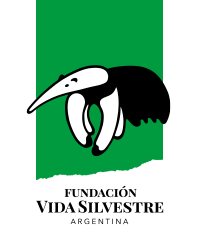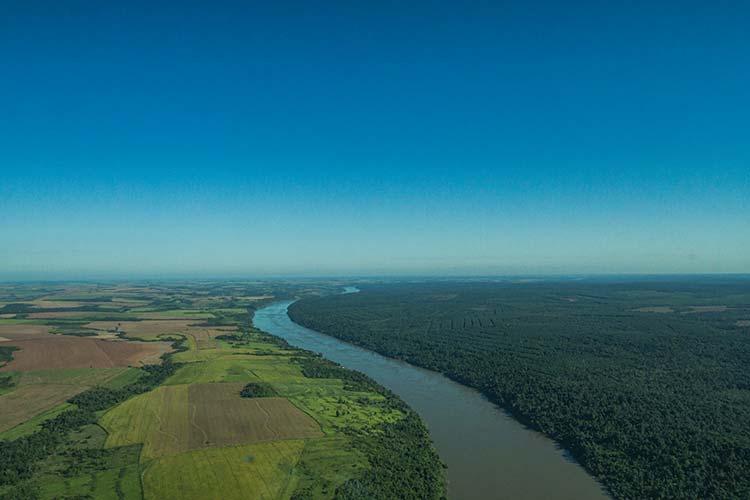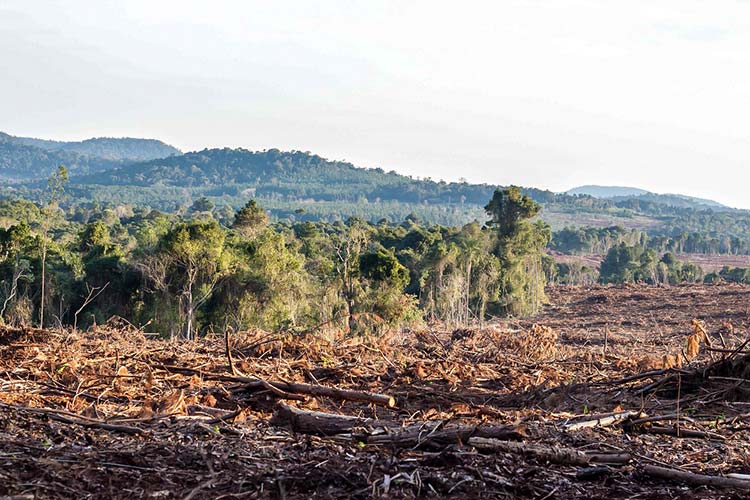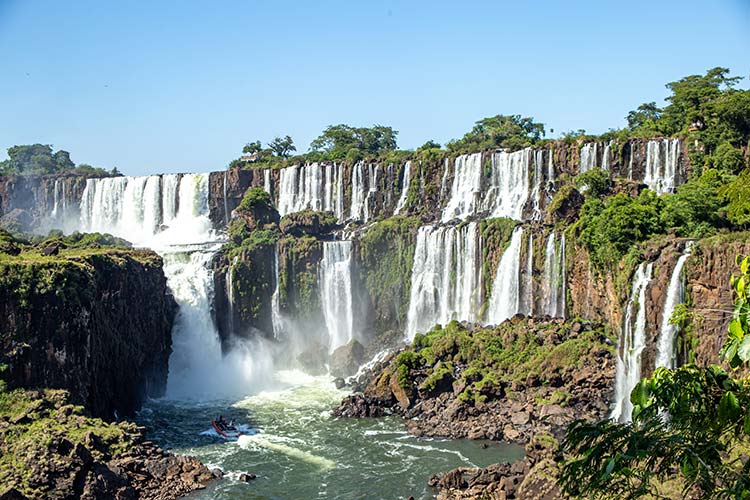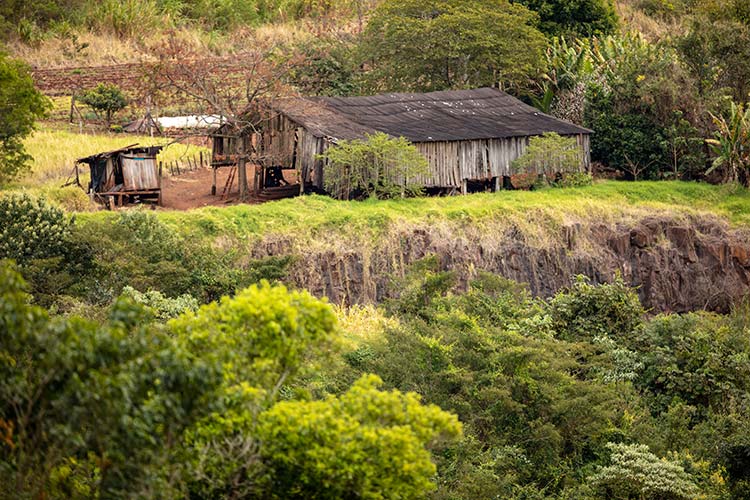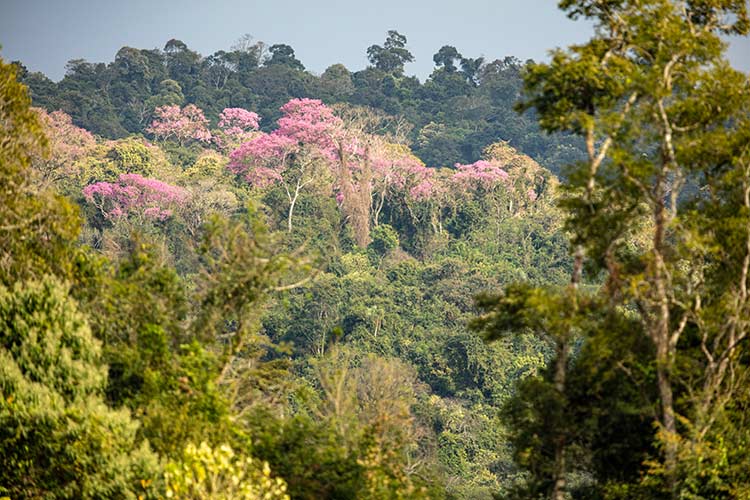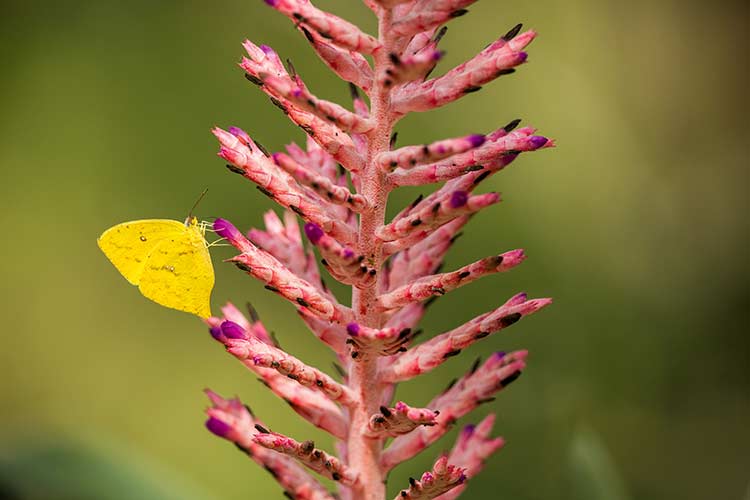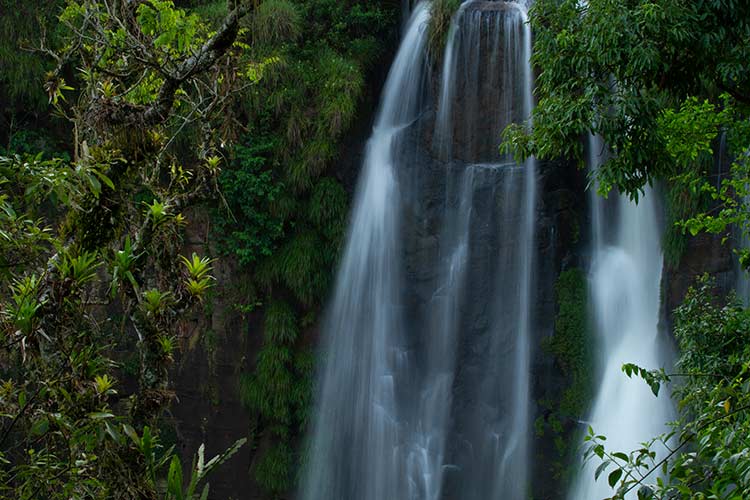© Emilio White
More than 80% of original forests have been lost
The territory that originally covered the Atlantic Forest, is today a landscape transformed by human activities: more than 80% of original forests have been lost. Today the forest landscape is a combination of a few large remnants of old-growth forests and many small and medium-sized fragments, with varying levels of disturbance.
The loss of forest cover affects not only biodiversity, but also the people who live and depend on the Atlantic Forest for their livelihoods and development.
THE ATLANTIC FOREST IS ONE OF THE 10 MOST THREATENED FOREST HOTSPOTS IN THE WORLD
(by Conservation International, 2011)
14,032 KM² OF FOREST WERE LOST BETWEEN 2000 AND 2014: ABOUT 1% OF THE ORIGINAL EXTENSION OF THE ATLANTIC FOREST
State of the Atlantic Forest. Fundación Vida Silvestre Argentina and WWF (2017)
Situation in Argentina
In Argentina, the Atlantic Forest of Alto Paraná predominates, an ecoregion shared with Brazil and Paraguay. The best preserved block of the ecoregion is located in the province of Misiones, mainly due to a more recent population development process compared to Paraguay and Brazil. It has an approximate area of 14,034 km² in various states of conservation and fragmentation.
However, more than 11,000 km² of forest have been lost since the beginning of colonization. Between 1989 and 2004, a deforestation rate of 17,600 hectares (ha) per year was recorded, equivalent to 2 ha per hour. The Forestry Law, enacted in 2009, made it possible to control the rate of forest loss, and by 2019, an annual loss of 2,871 ha of forest land was recorded in Misiones.
Threats: Deforestation and environmental conversion
Deforestation and the conversion of natural environments are of great concern. They refer to the loss of natural vegetation cover of an environment (such as forests, pastures, wetlands), generally caused by human action, due to the use of land for other activities, such as agriculture, livestock, and urbanization.
These processes, in the way they have been developed, have an enormous negative impact: they contribute to climate change by increasing carbon dioxide (CO2) emissions. At the same time, they reduce and fragment the habitat of animal and plant species, increasing the risk of extinction, and hinder the capacity of soils to regulate water surpluses, causing flooding. But they also seriously undermine the sustainable development of society, as they reduce the provision of ecosystem services, such as climate regulation, freshwater capture and storage, and soil stability for food production.
Deforestation, conversion, and fragmentation of environments in the Atlantic Forest are processes that continue to occur, and if so, the future of the ecoregion and its biodiversity would become even more alarming.
© Emilio White
Consequences
Habitat loss and fragmentation
Habitat loss due to deforestation or transformation (conversion) of natural environments for human activities, is the main cause of biodiversity extinction. Throughout history, plants and animals have adapted to live in different natural ecosystems (such as forests or grasslands), and the degradation, loss, or modification of these environments has a negative impact on them.
Loss of biodiversity
Species poaching contributes directly to the loss of biodiversity in the Atlantic Forest. Although the capture of wild animals and plants is prohibited throughout Argentina, it is one of the main causes of the extinction of many species.
Our work for the conservation of jaguars
Deterioration of resources
The degradation of natural environments affects natural resources that sustain the livelihoods of the local population, such as the provision and availability of safe water. At the same time, the productive capacity of the land, and the food sovereignty of rural inhabitants and indigenous peoples who live and depend on the forest, are threatened.
Find more information about the State of the Atlantic Forest, here.
